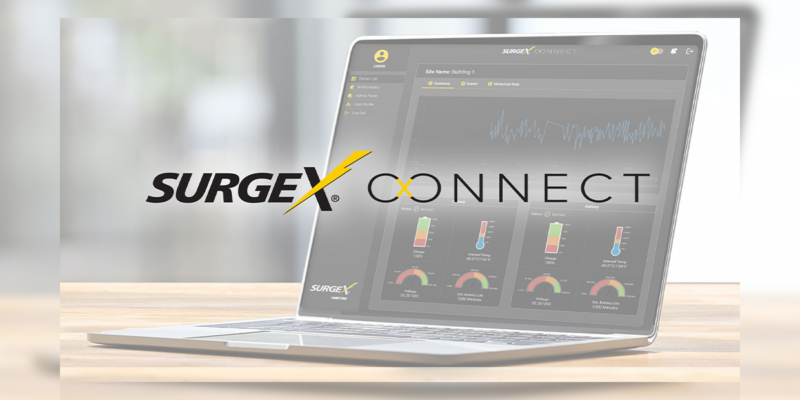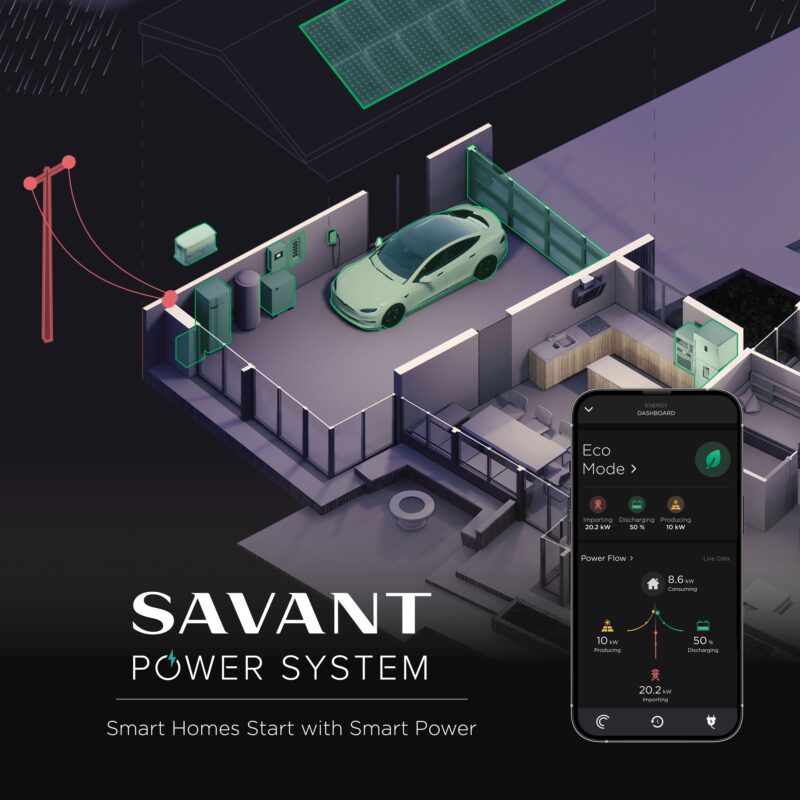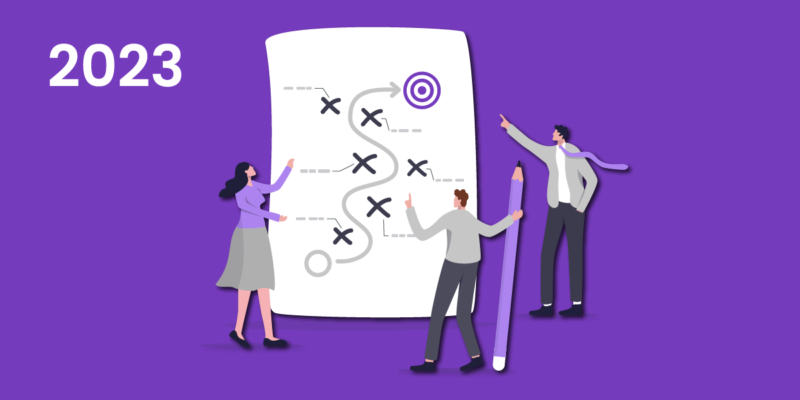Remote Power Management
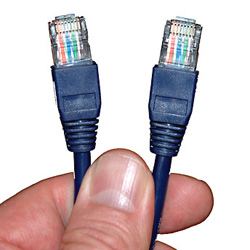 What matters most to all those expensive black boxes neatly connected and stitched up in the rack, connected via other expensive black boxes to displays throughout the project aren’t buzzwords like resolution or bit-rate but one single, simple thing: electricity.
What matters most to all those expensive black boxes neatly connected and stitched up in the rack, connected via other expensive black boxes to displays throughout the project aren’t buzzwords like resolution or bit-rate but one single, simple thing: electricity.
As even small (fewer than ten rooms or displays) systems depend on more sophisticated technology to distribute AV more sophisticated power management has become increasingly critical.
By now I would hope that every AV pro understands that without clean, stable power, systems are at risk. Unprotected or under-protected systems can (and probably will) fail more frequently than protected ones.
There are two primary concerns that power management addresses: system protection and system performance. Protection should be a top of mind concern for any system design. Even Installations that have relatively “good” AC power (stable voltage, little risk of lightning, low AC line noise) still require proper protection, line filtering and isolation from other electronics.
Every veteran AV pro has at least one good story about bad power. Here’s one of mine:
Years ago, in the span of less than a year our company experienced a remarkable number of power-related system failures, all in a single new development in town.
Coincidentally, I was friends with one of the power system engineers for the local electric company, and when I asked him about it he confided that surges and brownouts were an ongoing issue in that neighborhood: The local substation wasn’t upgraded, and was only rated for a third of the demand that it now faced.
Our takeaway from that was to not just specify power management as an afterthought, but to expand our understanding of the category and take it seriously.
Proper load calculation and design is a fundamental topic, and one I don’t have the space to cover here. What I do want to talk about is advances in remote system monitoring, specifically remote monitoring of power management.
Remote monitoring matters because AV pros need to manage their clients’ systems more efficiently and reduce service costs. Rather than having to roll a truck and a service tech to boot a locked up PVR or other device, AV pros can hard reboot locked up equipment via a remote reboot command. Time is money, and remote monitoring will save you both.
 One example of power management with remote monitoring is Axess by SurgeX, an IP addressable, surge eliminating and power conditioning management system that allows AV Pros to monitor and control power distribution platforms online. It’s able to monitor individual outlets and power settings and custom sequences can be created across the entire network with notifications sent based on user-defined conditions.
One example of power management with remote monitoring is Axess by SurgeX, an IP addressable, surge eliminating and power conditioning management system that allows AV Pros to monitor and control power distribution platforms online. It’s able to monitor individual outlets and power settings and custom sequences can be created across the entire network with notifications sent based on user-defined conditions.
One of its main advantages is that it provides two-way communication, collecting temperature, voltage and current draw measurements displayed on a simple interface. Other remote features include the ability to control power down to an outlet level, including turning outlets on and off and controlling expansion units from the master unit.
Sensors allow monitoring of temperatures in the rack, can be configured to activate outlets to which cooling fans are connected at specific temperatures, and sequentially shut down devices in a specific order if the heat reaches more critical levels. Automated email reporting quickly and easily sets up email reports to brief your service team the health and stability of your installed systems.
With regard to AV pros providing long term service and remote monitoring of their portfolio of installations, there are two key elements that need to be met. First, they need the technical components necessary to be effective. Secondly, and most importantly, they need the ability to monetize those systems and make them profitable.
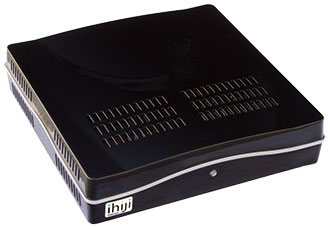 I first covered ihiji in 2010 when it was still a startup. Its business model is to offer AV pros a zero-maintenance, cloud-based, remote network management solution. The company’s solutions are based around a centralized, web-based dashboard which provides AV Pros with visibility into multiple client networks at once.
I first covered ihiji in 2010 when it was still a startup. Its business model is to offer AV pros a zero-maintenance, cloud-based, remote network management solution. The company’s solutions are based around a centralized, web-based dashboard which provides AV Pros with visibility into multiple client networks at once.
The end goal is for AV pro clients to become more proactive and efficient at system service, which promises to eliminate up to 50 percent of service calls while also providing recurring revenue. ihiji’s latest network tool is a feature enhancement dubbed ConnectNinja, which provides technicians simple and secure remote access to troubleshoot and configure their client’s devices and networks through the ihiji invision web portal.
The key advantage ihiji claims is that ConnectNinja allows AV pros to resolve more complex issues by accessing devices through the invision portal without the need for VPNs or unsecure port forwards. Using ihiji’s servers, ConnectNinja passes securely through firewalls, connecting users directly to the networked devices.
Once connected, ConnectNinja functionality extends ihiji’s NetNinja Suite, which remotely resolves issues with networks and devices via PowerNinja, which remotely reboots IP power units; SwitchNinja, which remotely power cycles PoE ports; and StealthNinja, which provides direct soft-reboots of devices.
 That’s a lot of ninjas.
That’s a lot of ninjas.
The secure remote access feature cuts both time and money spent on deploying technicians to troubleshoot on site.
As interesting as that is for the AV Pros with technical IT leanings, let’s refocus on what caught the attention of the business-minded AV Pros earlier in the article: recurring revenue.
With the systems already in place for the technical side of remote maintenance, ihiji’s leveraged that with their new Client Care Plan which they began promoting last fall at CEDIA Expo. The ihiji Client Care Program is essentially a turnkey guide that includes step-by-step instructions, pricing calculators, customer facing collateral and sales training.
Described as essentially a proactive, preventative maintenance agreement, the Client Care Plan promises dealer higher customer satisfaction, more reliable systems and a recurring revenue stream.Most importantly, they suggest that AV Pros will be able to offer annual maintenance agreements that require tying up very less time or internal resources. Lack of resources, as I’ve written before, is often the biggest challenge AV dealers face in providing long term service contracts.
According to ihiji, its Client Care Plan can accommodate the scope and budget of most projects. That means that dealers can offer remote monitoring services even to clients with small installations for as little as a few hundred dollars a year yet also have scale up to be able to support much larger projects.



